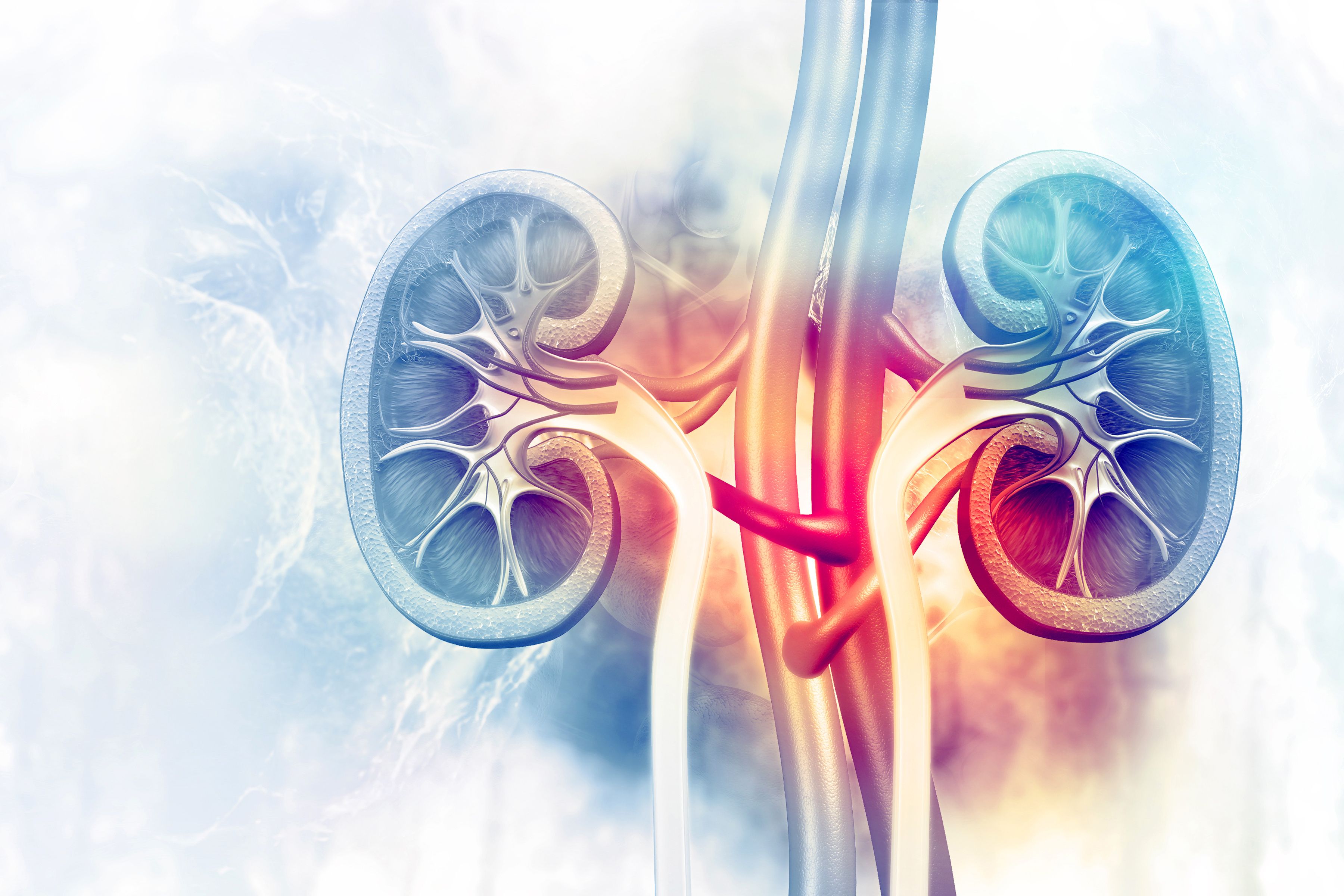Article
CDC, ASN Address COVID-19 Challenges in Dialysis Setting
Author(s):
In a response to the coronavirus disease 2019 (COVID-19) pandemic, the American Society of Nephrology (ASN) has hosted series of webinars outlining CDC recommendations and policy changes for challenges in the dialysis setting.
In a response to the novel coronavirus (COVID-19) pandemic, the American Society of Nephrology is hosting a series of webinars outlining CDC recommendations and policy changes for challenges in the dialysis setting.
Reducing the number of patients who contract the disease in dialysis settings and addressing the shortage of personal protective equipment (PPE) were the main themes of the webinar broadcast on March 26.
When it comes to screening dialysis patients at intake for COVID-19, the CDC recommends providers identify, separate, and put facemasks on patients who are ill before patients enter the facility.
“It’s really easy for us to say to screen and triage patients, but in reality, it’s something that’s really hard to do,” said Shannon Novosad, MD, of the National Center for Emerging and Zoonotic Infectious Diseases at the CDC.
Novosad explains the CDC also suggests over-the phone screening take place before a patient arrives at the facility. Patients ought to call ahead of time if they have a fever or any respiratory symptoms. To remind patients to do so, facilities could send out automated calls or texts, prompting patients to call ahead if they have symptoms. If the facility is in an area with wide-spread community transmission, additional measures like taking temperatures upon entrance to the facility is recommended.
Environmental cleaning and disinfection are also paramount, and healthcare professionals should be using EPA registered hospital grade disinfectants. Facilities should ensure products also have bloodborne pathogen claims, and ought to disinfect or discard any surface, supplies, or equipment located within 6 ft of symptomatic patients.
Included in the webinar is a dialysis facility checklist. However, utilization of this facility preparedness tool varies depending on rates of community spread transmission in one’s location.
“In communities that have not had a lot of cases yet, this tool could be valuable for them, in thinking through how they are preparing,” said Novosad.
The CDC has drafted criteria on when healthcare professionals with confirmed or suspected cases of COVID-19 should return to work, but protocols differ as to whether each facility implements a testing based or non-testing-based strategy.
“In a lot of areas testing capacity is still not what it should be,” said Novosad. “It’s really difficult to get sometimes the required number of tests to be able to make some of these decisions.”
In the testing strategy, healthcare professionals must receive negative results of an FDA Emergency Use Authorized molecular assay for COVID-19 from at least 2 consecutive nasopharyngeal swab specimens collected more 24 hours apart, for a total of 2 negative specimens.
In comparison, non-testing-based strategies focus more on when symptoms developed and resolved. Healthcare professionals should be excluded from work until “at least 3 days (72 hours) have passed since recovery, defined as resolution of fever without the use of fever-reducing medications and improvement in respiratory symptoms, and at least 7 days have passed since symptoms first appeared.”
Novosad notes these strategies should be taken more as guidelines, and if professionals work with severely immunocompromised patients, they may want to consider lengthening the number of days since illness onset before returning to a facility.
“If you move forward with allowing exposed health care workers to come to work, which many facilities have done, we do encourage a very active symptom monitoring process… we do not want any health care personnel coming to work sick at all, but once they’ve been exposed to COVID-19 we want to be even more careful,” Novosad said. If possible, exposed personnel should wear a face mask for 14 days after exposure
Protocols for discontinuing transmission based precautions and discontinuing home isolation were also included in the webinar.
In response to shortages of PPE, the CDC issued strategies facilities can implement to extend the use of certain equipment. Importantly, these strategies are intended to be used when supplies are stressed, running low, or completely absent.
“We all know that PPE shortages are posing a tremendous challenge to our healthcare system. Healthcare facilities across the board are having difficulties accessing needed equipment. They’re having to think through the safest ways possible to provide ongoing patient care,” Novosad said.
Each facility should asses their current PPE inventory, utilization rate, and contingency options offered by local government, to stretch their supply when shortages are anticipated. The recommendations provided by the CDC are “crisis options,” when there is “no or very little PPE left in facility.”
Different strategies have different limitations and Novosad stresses that when facilities undertake a PPE optimization strategy, they should communicate with the frontline staff as to why it’s being implemented.
Transportation is another potential risk factor for patients who may need dialysis. “Patients who experience barriers to transportation often delay dialysis altogether or seek treatments in the ER,” said Anitha Vijayan, MD, director of Acute Dialysis Services at Barnes-Jewish Hospital in St. Louis. “This is absolutely not what we want at this time for sure.”
Vijayan stresses that dialysis center nurse managers “should familiarize themselves on how their patients are being transported to dialysis facilities.” If centers utilize transportation companies, communication on CDC guidelines on cleaning and disinfection is encouraged. Solo transportation is encouraged among presumed positive cases.




